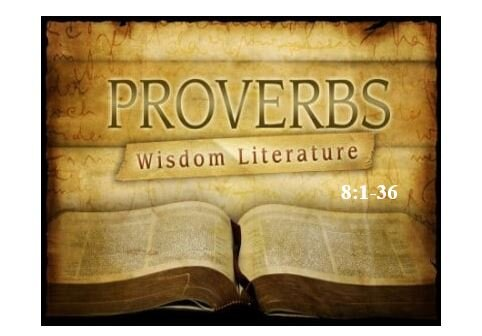Luke 18:1-8, the Gospel lesson appointed for the 19th Sunday after Pentecost in the Year of Luke, may be one of the most difficult parables in the Bible. It seems to compare God to an unjust judge and a widow to any person hoping for an answer to prayer. Neither person in the parable is all that commendable. What is God trying to draw our attention to here? That will be the question the preacher must wrestle with.
(The following questions are not meant to be exhaustive, but are best used in conjunction with other fine sets of questions available to exegetes. These questions have been developed to lift up the way the Word functions in the text, a fundamental consideration for Law and Gospel preachers. For more on this method and on Law and Gospel preaching in general, see my brief guide, Afflicting the Comfortable, Comforting the Afflicted, available through any bookstore or through Amazon.)
1. How does the Word function in the text? The Word here seems to function primarily as Gospel, identifying our tendency to "lose heart" in the face of injustice, and encouraging us to believe that God will "grant justice to his chosen ones who cry to him day and night."
2. How is the Word not functioning in the text? There is no call to repentance here, thus the Word is not functioning as Law except in the last verse, when the Lord asks, "And yet, when the Son of Man comes, will he find faith on earth?" Here, we hear again a warning lest we abandon our God when our prayers seem to go unanswered.
3. With whom are you identifying in the text? It seems clear that we are to identify with the widow who is not giving up although her voice seems unheard.
4. What, if any, call to obedience is there in this text? The call to obedience is the Word functioning to invite us to live in a certain way because of God's work in Christ. The call here is not a call to obedience, but a call to insistent, bold faith.
5. What Law/Gospel couplet is suggested by this text? The text provides at least one ready-made couplet: losing heart/finding faith. One of Herman Stuempfle's classic couplets could also work well: despair/hope.
6. Exegetical work: There is no shortage of commentary on this puzzling parable. Most read this parable as a conflict between a rather defenseless widow and a powerful and impassive judge. (e.g. Buttrick, Jeremias). Bernard Brandon Scott focuses on the context of this teaching, saying that "this parable is woven into the context of an eschatological discourse that begins in Luke 17:20 with the pharisees' question on the coming of the kingdom. The question about the coming of the kingdom generates a warning concerning the days of the Son of Man's Parousia, a time of danger and stress." (Hear Then the Parable: A Commentary on the Parables of Jesus, p.176). Amy-Jill Levine takes quite a different tack. She notes that nowhere in the parable is anything said that indicates the widow is poor or defenseless. Indeed, her persistence is evidence of her agency. Also, although this parable is often entitled "the Unjust Judge," there is no evidence the judge is wicked, only indifferent. Levine suggests that the parable is challenging our stereotypes of both God and praying folk. (Short Stories by Jesus, pp.221-245). Ben Stiller, in his brief commentary would seem to concur, saying, "In this parable, bold tenacity is treated as a form of religious piety and godly faith." (Preaching Parables to Postmoderns, p.133).
7. How does the Crossings community model work with this text? Chris Repp does a nice job of showing what is at stake here in his 2019 analysis. He lifts up our lack of prayer in the face of injustice, suggesting this may even lead us to blaming God. God responds, however, by defeating injustice on the Cross, taking injustice upon himself. Go to crossings.org/text-study for the entire analysis.
Blessings on your proclamation!














